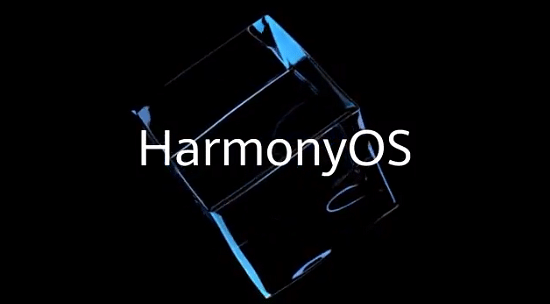
In May 2019, President Donald Trump, in a bid to arm-twist Chinese peer to get a favorable trade deal, passed a gag order to suspend Huawei from having any transaction with the US companies.
This apparently led to the severance of ties between Google, Microsoft and other tech firms from Huawei and this also meant the Chinese branded phones (including subsidiary Honor) and PCs were no longer eligible to run Android nor the Windows OS.
Within a week after the order, Trump relaxed the terms and offered a relaxation period of 90 days. It allowed Google and other local technology firms to trade with Huawei, but not for long.
The trade talks between the US and China is on-going and since there is no surety, it will end well for any of the party. Huawei, in a bid to be self-reliant, has now announced its own mobile OS.
HarmonyOS: Huawei's answer to Google Android mobile OS
The company showcased the HarmonyOS at the ongoing Huawei Developer Conference 2019 in Dongguan city.
"HarmonyOS is completely different from Android and iOS. It is a microkernel-based, distributed OS that delivers a smooth experience across all scenarios. It has a trustworthy and secure architecture, and it supports seamless collaboration across devices. You can develop your apps once, then flexibly deploy them across a range of different devices," Richard Yu, CEO of Huawei's Consumer Business Group said.
The company also took a dig at Android and said HarmonyOS is built with a deterministic latency engine and high-performance Inter-Process Communication (IPC), which makes the phones faster and be power efficient.
"The deterministic latency engine sets task execution priorities and time limits for scheduling in advance. Resources will gravitate toward tasks with higher priorities, reducing the response latency of apps by 25.7%. The microkernel can make IPC performance up to five times more efficient than existing systems," the company claims.
To allay the security concern, Huawei said HarmonyOS will have a verified TEE (Trusted Execution Environment)., which guarantees code and data loaded inside will be protected with respect to confidentiality and integrity. The microkernel of the HarmonyOS has much less code (roughly one-thousandth the amount of the Linux kernel) compared to rivals and this means, the probability of an attack is greatly reduced.
"Powered by a multi-device IDE (Integrated Development Environment), multi-language unified compilation, and a distributed architecture kit, HarmonyOS can automatically adapt to different screen layout controls and interactions, and support both drag-and-drop control and preview-oriented visual programming. This allows developers to more efficiently build apps that run on multiple devices. With a multi-device IDE, developers can code their apps once and deploy them across multiple devices, creating a tightly integrated ecosystem across all user devices," Huawei said.
The company also announced the evolution roadmap for HarmonyOS and its kernel. HarmonyOS 1.0 will be first adopted in its smart screen products, which are slated to be launched later this year.
Over the next three years, the company said that the HarmonyOS will be optimized and gradually adopted across a broader range of smart devices, including wearables, Huawei Vision, and head units of the car, as well.
Huawei's HarmonyOS looks promising and this will also be stepping stone for Huawei to invest on PC OS and develop seamless integration option with the mobile OS, eventually move away from Windows OS.
In the long run, it will definitely bode well for the company, as it will be self-reliant like Apple Inc, as it controls both OS and hardware of its products.
Get the latest news on new launches, gadget reviews, apps and more on personal technology only on DH Tech.
